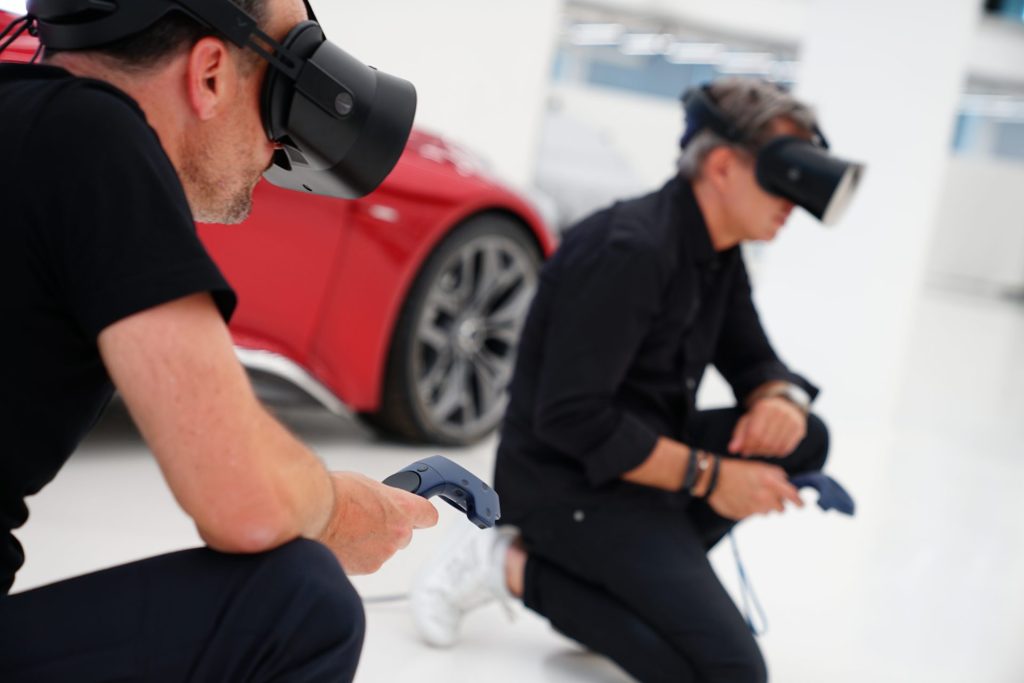
There’s little doubt that Autodesk’s VRED offers designers some of the best opportunities for visualization. And since VRED adapted VR into its software, designers and modelers have been able to explore their models in new and creative ways.
Not every OEM adopts new technologies, but Kia Europe has a history of embracing new ways of working, which gives them a key advantage. They were one of the first design studios to use VRED for digital decision making. The Kia design team of Gregory Guillaume (VP Design), Frank Hübbe (CAS Manager), and Thomas Unterluggauer (Creative Manager, CGI) found VRED fast and capable, a different kind of visualization experience.
When the Kia Europe team began to integrate VRED into their design process, they immediately saw its potential. VRED was perfect for not only visualizing final designs but also supported decision-making throughout their whole design process. “This didn’t mean that the clay model was eliminated,” Hübbe said. “But it certainly gave us new parallel possibilities.”
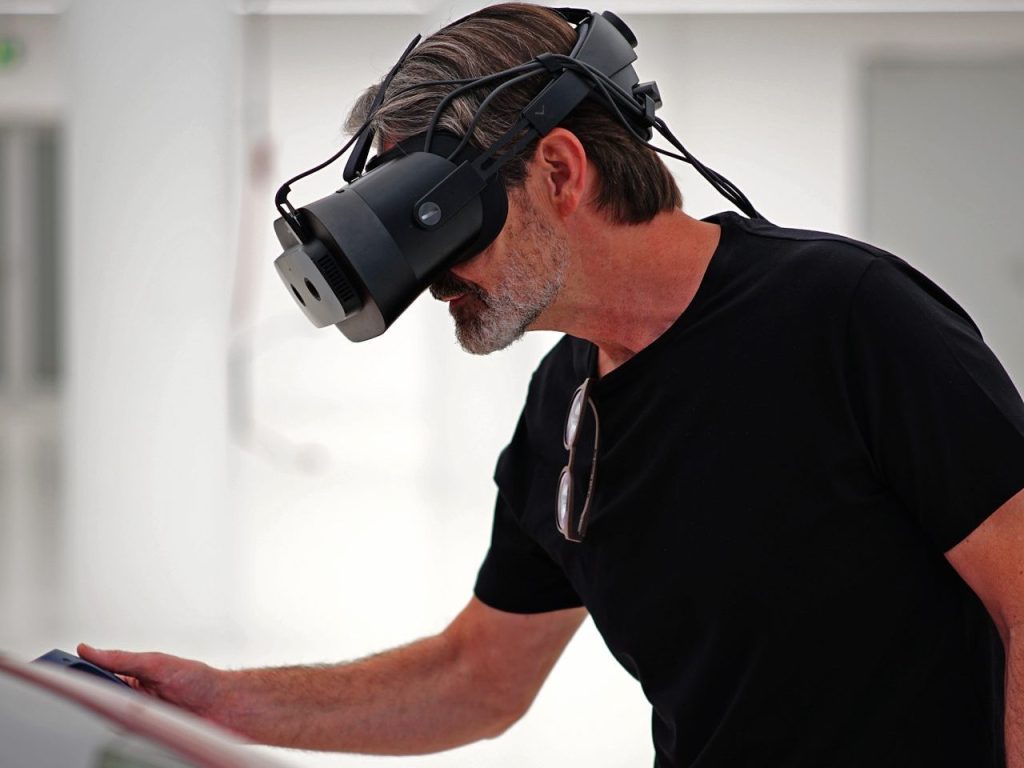
The team’s workflow shifted dramatically, so that team reviews on their Digital Presentation Room happened more efficiently and more often, increasing opportunities for collaboration. The capacity to view their designs in process, at any stage—and to compare them to all earlier versions—empowered the design team to make nuanced decisions about both small details and overall design.
VRED allows the team to react to requested changes immediately during a presentation—and those changes can be updated on the fly. This kind of on-the-spot update was not possible that quick in other real time presentation software before, but now changes can be made mid-presentation, and then the group can review and react to requests.
In work where each second counts, speed, flexibility, and adaptability are huge differentiators. It can feel like changing on the fly. Whereas visualization used to be rather static, in VRED it is now dynamic and responsive.
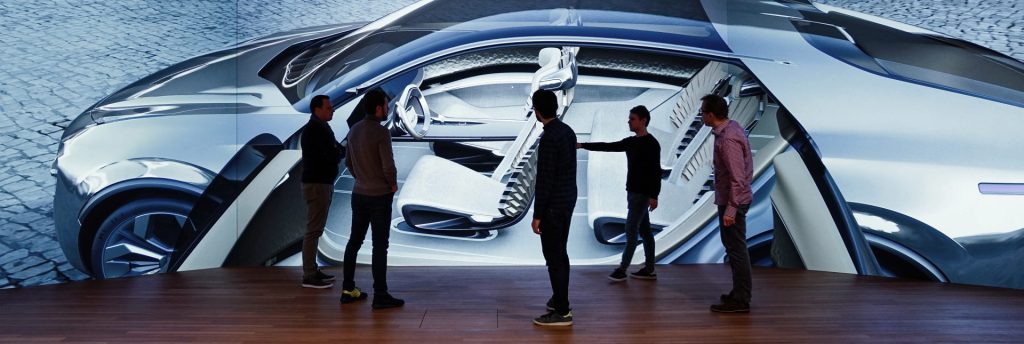
The significant improvements that VRED brought to the design team’s visualization process didn’t stop there. When Autodesk integrated VR collaboration tools into VRED, the Kia team found it the perfect combination. Suddenly, collaboration wasn’t just an in-studio process. It was now possible to have design discussions on the model with people outside the immediate team, even with overseas studios.
Kia Europe began collaborating in VR before the pandemic, but travel restrictions have intensified its necessity and value. Guillaume notes how much time VR presentations have saved. “I used to travel to Korea almost monthly, but I haven’t been able to fly since January 2020. As anyone who regularly travels overseas knows, one day’s work can mean several days of travel and adjusting to time differences.” Presenting virtually means time and resources (not to mention money) saved. And the team’s design process can flow smoothly, without significant interruption.
Even more than time efficiency, VR collaboration simply feels more natural for this team. This may be the biggest surprise in VR: that seeing an avatar with a familiar voice who’s walking around a model and talking simply feels more comfortable. Far more integrated than a video conference call, VR collaborations make for more intuitive and informed design decisions. Being in VR by yourself allows design work, but not collaboration. Being in VR with a team allows them to do what designers do best—to talk, react, communicate intensely during those crucial design breakthroughs.
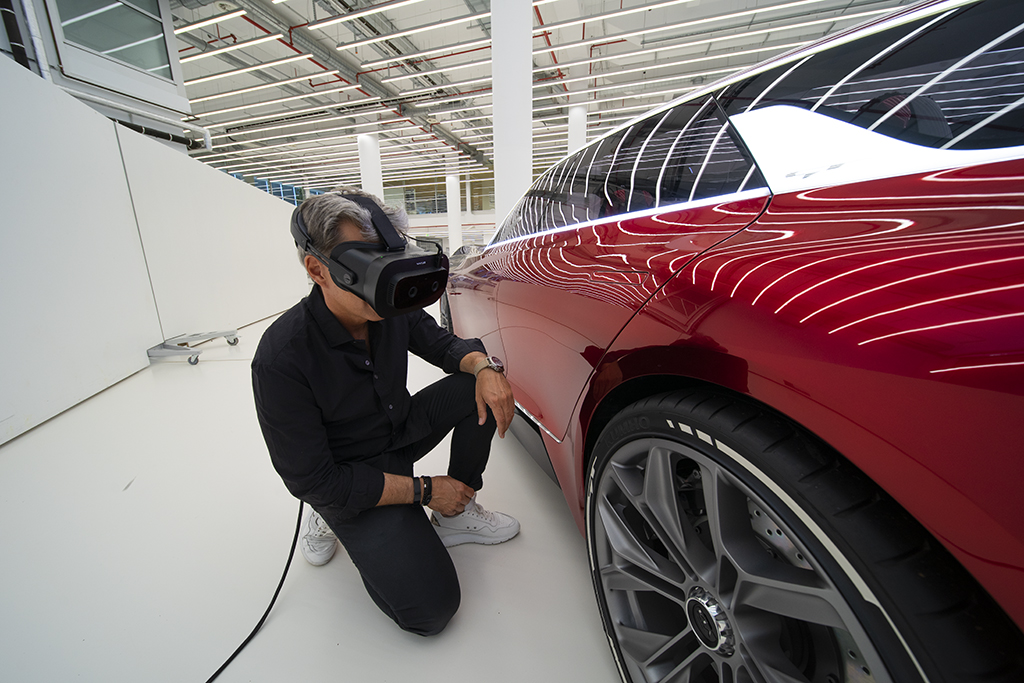
The Kia Europe team has the VR hours under their belts to back up these claims. In the studio, up to all team members can collaborate via VR, sometimes several times a day. And they present to top management in Korea (which can be up to 30 people globally) at least weekly, sometimes more than once a week. It’s possible to have more people, but just as in real life, these reviews can begin to feel crowded.
These larger VR collaborations allow the design team and key Korea executives to be in the virtual world, walking around models and observing their details, while other team members watch on a large screen. Like spectators at a football match, those not in VR can still be engaged with what’s happening, but not be so close as to be intrusive.
We know that virtual design reviews offer a lot to the teams who employ them. Now larger teams have access to the changes that make design review dynamic and informative: shifting a car’s environment, adding in other models for comparison, changing paint color, upholstery, and alternative details.
Beside the vehicles under review, the team can also display technical information on the drawings. And VR collaboration isn’t only advantageous for vehicle aesthetics, either. Using VRED, a designer can slice through the model to show where the technical components are, how and where they fit in the overall vehicle.
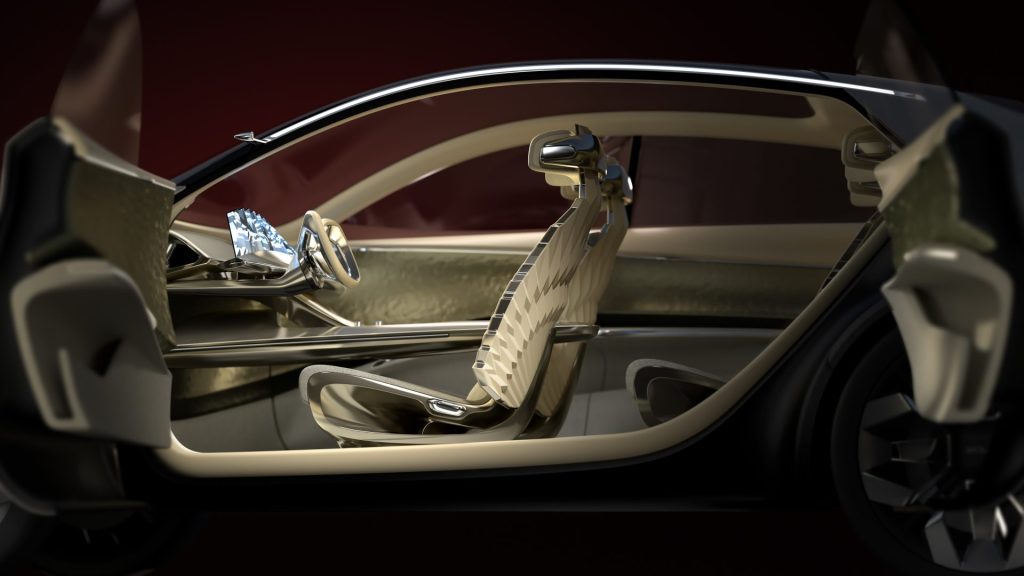
The team dreams of further developments in Mixed Reality (XR) collaborations. For Hübbe, this means in the future Augmented Reality will allow us to tweak models using digit interfaces. It will be possible to modify the shape of a model in real-time. Digital tools and interfaces allow us to control shapes much more precisely than tools that are used in physical reality, i.e. by clay modelers today. Designers will have control over shapes to an extent far beyond what is physically possible today.
For Guillaume, it would be placing models in real-time streamed environments such as a crowded New York street (designers typically don’t get to preview their models in traffic—and sometimes the impression a model gives in a different environment is really valuable). For Unterluggauer, a significant improvement would be hologram equivalencies that allow collaborators to see each other as they really look, rather than as avatars.
Our Autodesk collaboration with Kia continues, knowing that we can reach these—and other seemingly audacious—goals in the near future. In the meantime, Kia Europe’s design team uses the current technology to maximum effect, reveling in the magic of Virtual Reality and reaping its benefits.
You can find out more about VRED here. And to learn more about the role VRED plays in the future of automotive design, watch the VRED keynote from our 2021 Automotive Innovation Forum here.